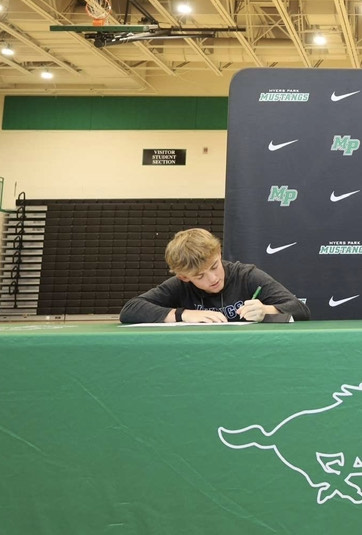
In this world, the only constant is change. Every four years we change who is at the helm of the country, every single day humans grow and change in new ways, some good some bad. In previous years the NCAA has reflected the idea that the only constant is change, as the rules and shapes of college athletics are shifting more than one could imagine.
In July earlier this year, the NCAA settled three lawsuits, House vs NCAA, Hubbard vs NCAA, and Carter vs NCAA. The most infamous of all three was House vs NCAA, where a former Arizona State Swimmer led a group of plaintiffs and filed a lawsuit on behalf of all NCAA athletes since 2016 suing the NCAA for not allowing them to generate any revenue. In 2021, NIL was introduced, but these athletes competed in an era where an athlete making any money, even from social media, could get you declared ineligible. When the NCAA approved NIL, and where it has developed to today has been a complete 180 from their position merely 5 years ago. The case was filed in 2020, and it was searching for backpay for NCAA athletes since 2016. The case was not only focused on backpay for former athletes but advancements in the rights of current athletes. The lawsuit and the settlement resulted in the NCAA passing many changes to the structure of collegiate athletics. The lawsuit resulted in a settlement for 2.78 billion dollars, which will be paid back over the next ten years at a value of $280 million annually. The settlement also allows schools to pay students in NIL, at a value of up to 22% of the average Autonomy 5 athletic media, ticket, and sponsorship revenue. The final, and maybe most prevalent of the settlement was that roster limit and scholarship limit would be affected. As a result, sports teams can give out more scholarships, up to as many as the players on their squad, increasing the number of scholarships potentially available by about 700, but the opposite side to this is that roster sizes are limited. There are essentially no roles for walk-on athletes in collegiate sports anymore, the size of soccer teams is cut down from around 35 to a max of 28, with golf team size cut down from 10-12 to 9. While there are more scholarships available, many athletes, and recruits are displaced by the new limits, and how they are suddenly being implemented. While many are celebrating the settlements, others are trying to figure out where they are going to compete this year.
While the changes in the NCAA over the last few years have increased the rights and privileges of being a student-athlete, the way they have been carried out has led to chaos and unfortunate situations for many athletes. These lawsuits that started the change were because of the lack of organized actions of the NCAA in granting student athletes rights, many student-athletes felt they were unfairly compensated and filed the lawsuits. Then as the lack of rules and regulations regarding the transfer portal continued to develop, many athletes saw their spots taken by transfer students which previously could have affected where they decided to play coming out of high school. The NCAA has done a significant amount to increase the rights of student-athletes and give them more freedoms, but there has been a lack of organization in how the change has been carried out. The result is many athletes, and coaches have been negatively affected, many athletes are left without a place to play, and legendary coaches are leaving the game such as Tony Bennett from UVA. The cut-throat nature of professional sports leaves many athletes with or without a job. Collegiate sports are getting closer and closer to becoming a pro sports league, while increased scholarships and funding are promising to many athletes, others are left scratching their heads about how the new NCAA rules screwed them and their plans.
